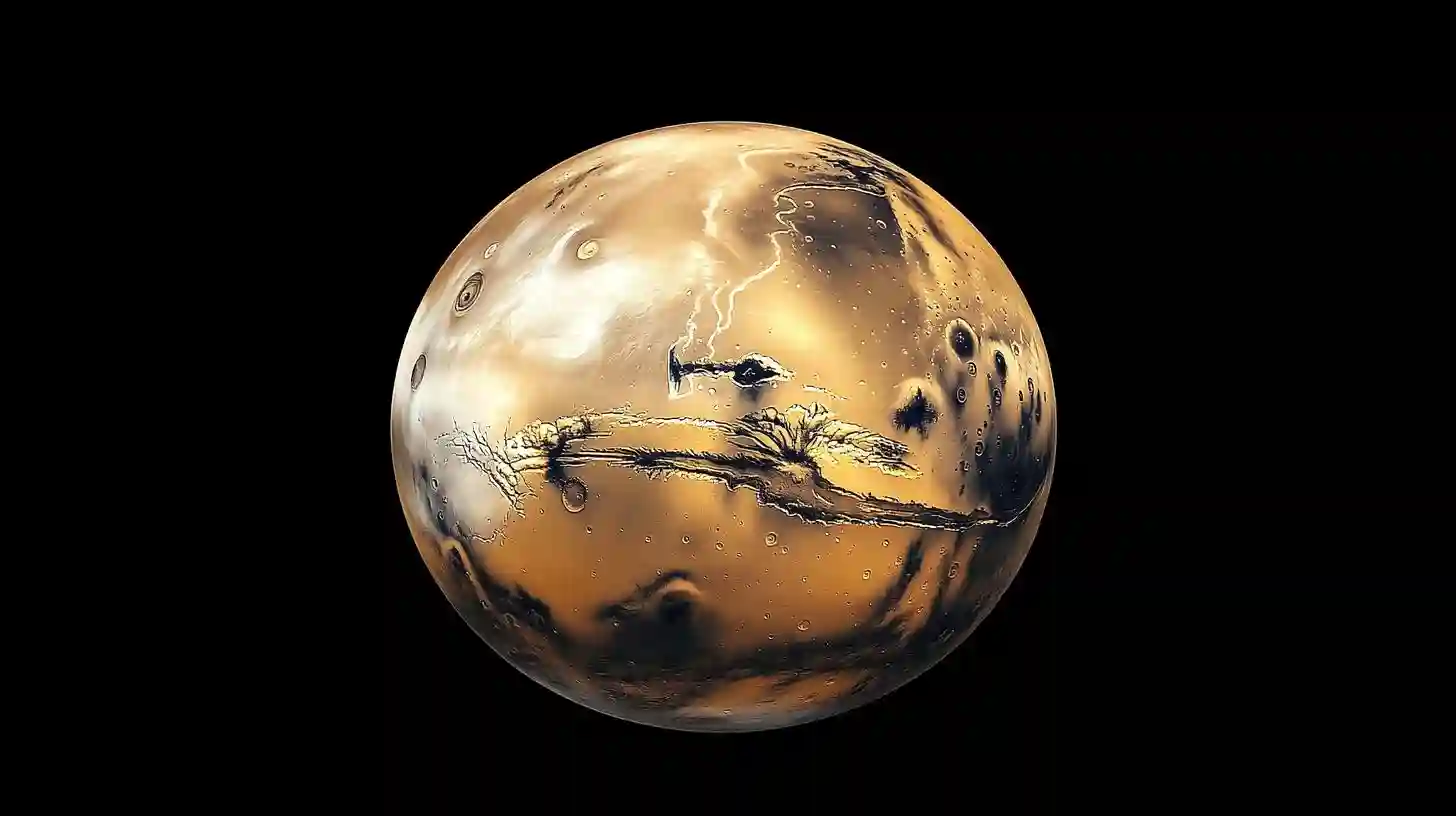
Mars has captivated human imagination for centuries, representing an enigmatic world that brings together astronomical inquiries, scientific exploration, and the search for extraterrestrial life. The color of the rusting iron-rich soil gives the planet its signature hue, fueling curiosity and inspiring countless generations to look towards the stars, dreaming of what might lie beyond Earth. The endeavor to explore Mars has significantly advanced our understanding of the universe and, more importantly, our own planet, as well as the possibilities of life elsewhere.
For decades, a wide array of robotic missions has been dispatched to Mars, each contributing to our growing knowledge of its surface, atmosphere, and potential for life. Early missions were primarily focused on the basic characteristics of the planet, seeking to understand its geology and weather patterns. The Viking landers, for instance, provided a wealth of data about Martian soil and atmospheric conditions, laying the foundation for future explorations.
The quest for water on Mars has been a driving force behind many of these missions. Water is considered one of the building blocks of life, and finding evidence of it on Mars could indicate past or present life forms. Rovers such as Spirit, Opportunity, and Curiosity have discovered signs of ancient riverbeds, mineral formations, and even seasonal dark streaks that suggest the presence of briny water flows. Each discovery brings us closer to unraveling the history of water on the planet and hints at a more intricate history of the Martian environment.
The exploration of Mars has also provided critical insights into the planet's climate and atmosphere. Understanding Mars' climate, which has undergone significant changes over billions of years, can inform scientists about the factors contributing to climate change on Earth. Mars, with its thin atmosphere and extreme temperatures, has harbored a colder and drier environment. However, past geological evidence indicates that it once possessed conditions potentially suitable for life, presenting a paradox that scientists continue to investigate. Analyzing the atmospheric composition can reveal details about the planet's evolution and how it diverged from Earth.
Recent missions, such as the Perseverance rover and the Ingenuity helicopter, represent the leading edge of technology in space exploration. Perseverance is designed to search for signs of past life, collect soil samples, and evaluate the planet’s geology. It carries advanced scientific instruments that can analyze rock samples and perform experiments that mimic conditions on early Earth. The Ingenuity helicopter has opened new avenues in aerial exploration, demonstrating the ability to fly in the thin Martian atmosphere and scout potential sites for exploration.
Additionally, the ongoing Mars missions have implications beyond the question of life on other planets. The data gleaned from Martian exploration can enhance our understanding of planetary formation and evolution, shedding light on the processes that shaped not only Mars but also Earth and other celestial bodies in our solar system. The interconnections amongst planets highlight that the mysteries of the universe are often intertwined and that understanding one aspect can yield insights into another.
Mars exploration serves as a testing ground for technologies and methodologies that are pivotal for future deep space missions. As humanity sets its sights on the Moon, asteroids, and potentially even Mars colonization, the knowledge gained through exploring the Red Planet will inform strategies to sustain human life on other celestial bodies. Simulating conditions, managing life support systems, and devising methods for in-situ resource utilization are essential for long-term human presence in space.
Further, the quest to explore Mars fosters international collaboration, bringing together scientists, engineers, and experts from various disciplines and nations. This global effort transcends borders, allowing humanity to unite under a shared goal of uncovering the universe's mysteries. The exchange of knowledge, resources, and ideas leads to innovations in technology and science. The spirit of inquiry and cooperation inspired by Mars exploration cultivates a sense of shared responsibility for our planet and encourages efforts to safeguard its future.
Through Mars exploration, we are gradually piecing together the narrative of our cosmic neighborhood. The ongoing discoveries and technological achievements not only enhance our understanding of Mars but also provoke fundamental questions about life’s existence, the nature of planetary systems, and our place in the universe. As we continue to delve into the Martian landscape, we are reminded that the exploration of space reflects our inherent desire to discover, to learn, and to seek answers to the profound questions that have long puzzled humanity. Each mission peels back layers of mystery and contributes to a collective understanding that may one day lead us to new frontiers and, perhaps, to understanding our own existence in this vast universe.